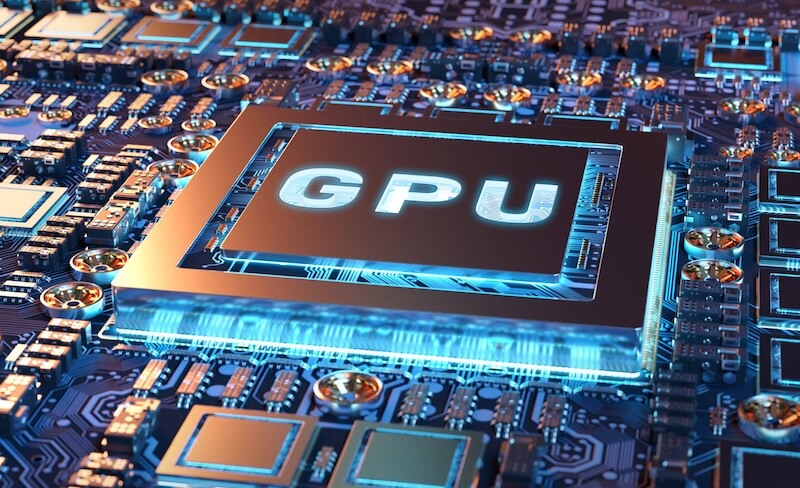Advanced Micro Devices (AMD) is reportedly considering increasing the prices of its graphics processing units (GPUs) in response to rising memory expenses. This potential price hike is a strategic reaction to the increasing pressures within the memory market, influenced significantly by the escalating demand for AI-related technologies.
The information, which initially surfaced on the Chinese Board Channels forum, suggests that AMD has communicated to its partners about the necessity of higher prices for the next wave of GPUs due to the increased cost of memory. While AMD has not yet released a public statement to confirm these adjustments, the reports indicate that the price increase could be more substantial and encompass a wider array of products, ranging from Radeon gaming cards to workstation GPUs and AI-focused components.
The underlying cause of this potential price adjustment is the tightening of the memory market, largely driven by the surging demand for AI. This demand is consuming a significant portion of the available supply. DDR5 prices have reportedly increased by as much as 60% since September 2025, and overall DRAM pricing has seen a year-over-year increase of approximately 170%. GDDR6, the memory commonly used in most graphics cards, has also experienced a price increase of around 30% as manufacturers reallocate production capacity towards server DDR5, HBM (High Bandwidth Memory), and AI hardware.
This situation presents a challenge for gamers, as the Radeon RX 9070 XT prices had only recently begun to stabilize. Some ASRock Challenger cards in the US had even dropped to the manufacturer's suggested retail price (MSRP) of $599, and European pricing had approached launch levels after months of inflated prices. If AMD implements these price increases, these improvements might not last.
It's important to note that AMD is not alone in facing these challenges. NVIDIA is also rumored to be considering similar price adjustments in early 2026, as it grapples with the same memory cost pressures. Neither company appears to be intentionally driving these changes but are instead responding to supply constraints affecting the entire industry.
The GPU market in 2025 is characterized by high prices, scarcity of new models, and a strong secondary market for older cards. This trend is driven by a combination of factors, including supply chain constraints, high demand from gamers, and the impact of economic tariffs. New-generation GPUs from AMD and NVIDIA are experiencing extreme shortages, which has allowed scalpers to drive up prices well above the manufacturer's suggested retail price (MSRP).
AMD's financial performance has been strong, with third-quarter 2025 revenue reaching $9.2 billion, up 36% year-over-year. The company's third-quarter guidance projects revenue of $8.7 billion, representing a 28% year-over-year increase. Looking further ahead, AMD has set ambitious long-term financial targets, including a sales compound annual growth rate (CAGR) of over 35%, gross margins of 55-58%, and operating margins exceeding 35%.
Any price adjustments will likely take time to affect consumers. Board partners have existing inventory produced at older cost levels, and retailers typically adjust prices only when new shipments arrive. As a result, it could be several weeks or even months before any changes appear on store shelves. The accelerated shift in memory allocation, driven by AI deployments, suggests that GPU pricing could remain volatile until DRAM supply expands or demand patterns stabilize.
The potential price increases could have a significant impact, as AMD GPUs are used in various products, including DIY graphics cards, pre-built systems, laptops, gaming consoles, handheld PCs, workstations, professional servers, and data centers.


















